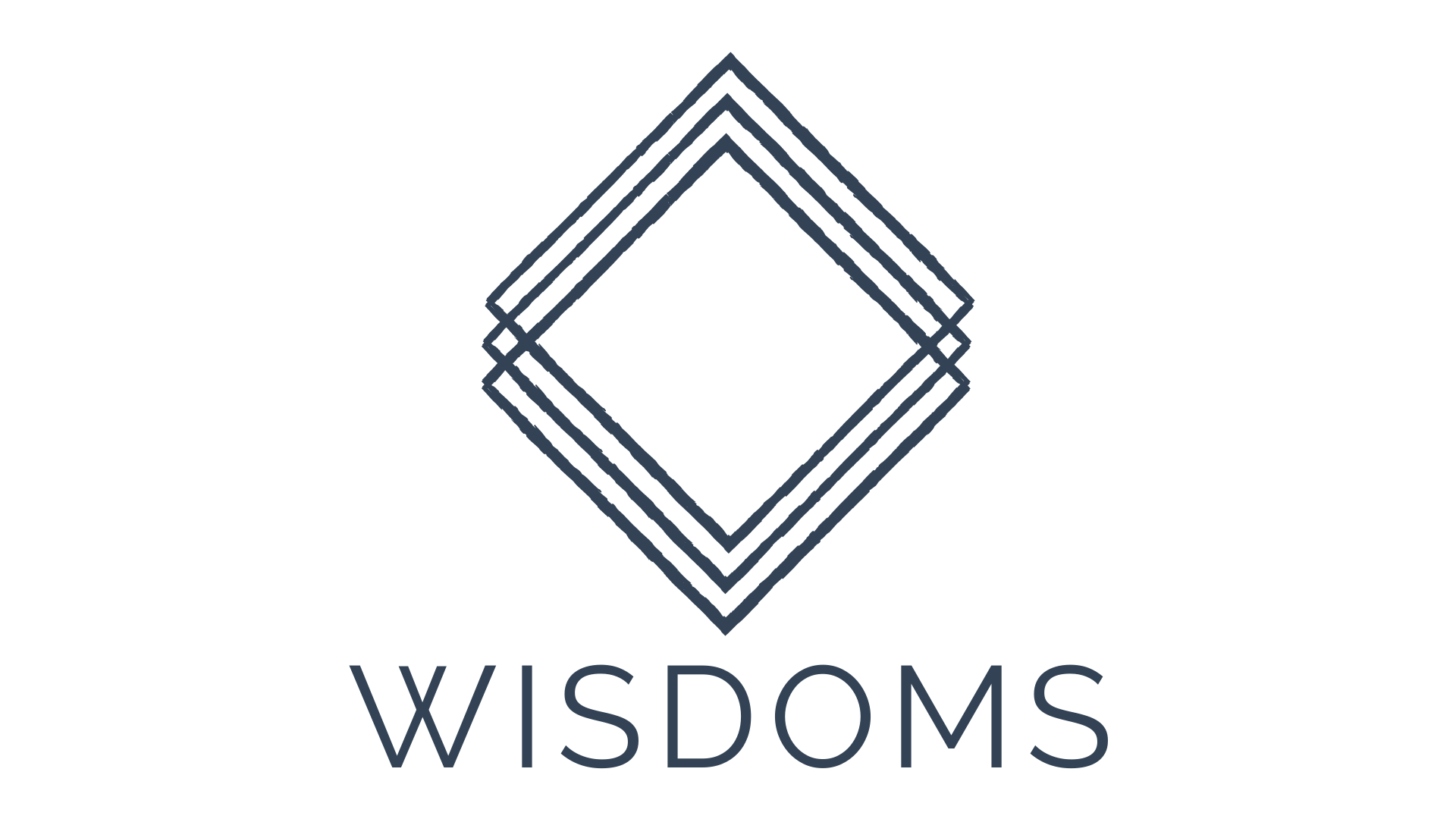Companies used to have five to ten year strategic plans. Then it was down to two to three years because of technological advancements and industry disruptions. The global pandemic and the accompanying unpredictability may have wiped out any hope that you can do any planning for the future. In fact, there are some businesses who are simply winging it on a day to day basis, believing that making quick adjustments as the moment determines is the best strategy.
In the Heat of Battle
One of the most rigorous tests of the strength and value of a plan is surely the heat of battle. It is in this context that Dwight Eisenhower is quoted as saying “Plans are worthless, but planning is everything.” Dwight David “Ike” Eisenhower served as the 34th president of the United States from 1953 to 1961. During World War II, he was a five-star general and was supreme commander of the Allied Expeditionary Forces in Europe.
What does this seemingly contradictory statement mean? We know that in business and life, and obviously in battle, unexpected situations arise and conditions change, sometimes extremely rapidly. Whatever plan you had neatly put in order is inadequate for what is actually happening on the ground or in reality. So it seems plans are in fact worthless.
Does this mean that we don’t plan at all? That would be a false assumption. Without the benefit of planning you will be left ill-equipped to deal with the very changes you didn’t plan for! This is because the planning process demands a thorough exploration of options and contingencies. The knowledge gained during this probing is crucial to making decisions quickly as future events unfold.
Planning and Adjusting
Last year I was requested by a client to roll out a huge project involving the identification and assimilation of values-based behaviour throughout their organisation of over 400 staff. The request was made early in the year but only launched in October. This long waiting period was not something I anticipated and as I had no idea when the project would take off I didn’t pursue bringing other work on board as I knew this project would be time-intensive.
Fortunately, I had a contingency plan whereby I worked with my business partners to expand our business from not only the corporate arena but also to the digital. This work allowed me flexibility and was something I could pursue while preparing for this big project. As it turned out this meant we were perfectly poised to take advantage of the need for digital programs with the advent of COVID-19 related lock downs.
Planning Leads To Fitness
Planning is indispensable because it accepts from the start that things are not going to work out according to plan! So you think through alternatives and prepare for as many eventualities as you can think of. By asking “What if..” you not only manage risk but also strategically investigate opportunities. By preparing ahead of any venture you build knowledge, resources, reserves and capacity to face whatever twists and turns the venture brings.
Fitness both mental and physical is not something that happens the instant you need it. You cannot call on reserves if you have not built them up over a period of time. Those who prepare in a disciplined way shore up within themselves and whatever enterprise they are running, the ability to handle disruptions with strength and flexibility.
Core Practices of 10Xers
Jim Collins and his team of researchers, as outlined in his book written with Morten Hansen, Great by Choice, identified companies they refer to as 10Xers. These are companies that performed 10X better across a matrix of indices than their like for like competitors. This was particularly over an extended period of time and through tumultuous economic and socio-political conditions.
In their studies they recognized three core practices of these 10Xers specific to this concept of planning and preparation. They are as follows:
1. Build cash reserves and buffers to prepare for unexpected events and bad luck before it happens.
2. Tend towards risk aversion, but make time-sensitive decisions quickly
3. Zoom out and then zoom in, remaining hypervigilant to sense changing conditions and respond effectively.
Let’s look at each of these briefly in turn. Ensuring you have a sufficient buffer for whatever ill fortune comes your way is simply what people in tornado or hurricane pathways do. They know the storm will come. If you are in business you know this reality too. They have the bunkers, the food stores, the plan and process of what to do when all ready so that they can ride out the storm calmly and safely. What is your “storm management plan”? This is bearing in mind that 2020 might have been a monster storm, but the pandemic is not done with us yet, and other unknown storms can still hit.
It was interesting that Collins found that the success of the 10Xers was not founded on the risks they took contrary to perhaps their more cautious competition. In fact, the opposite was true. The 10Xers tended to be more conservative especially in high risk scenarios. Over and above this was their ability to make quick and sensible decisions at critical moments when time was of the essence.
In relation to the speed and timing of their decisions the 10Xers understood that your risk could increase both if you acted too quickly and if you acted too slowly. The key question is “How much time before your risk profile changes?” Minutes? Days? Weeks? Years? Collins’ point about these 10Xers is this: the primary difficulty lies not in answering the question but in having the presence of mind to ask the question. This is why planning is essential.
The last core principle is what Collins calls the dual-lens capability of 10X companies. This is the practice of both zooming out to get the bigger picture and see what conditions are possibly rolling their way, and zooming in to focus on high levels of performance and execution on a day to day basis.
Pause and Ponder
This all ties in with the principle that we work with at WISDOMS™ relating to the trajectory of success. It is not a straight line from zero to 100. It is a jagged, up and down path marked by lows, disappointments, and unexpected derailments. To plan for and to manage these changes and challenges we “pause and ponder”. These are our “zoom out” moments where we take a step back and consider what is working and what is not, what we need to adjust and change and how we proceed.
The end of this year is drawing near, it seems an excellent time to “pause and ponder”. What are your plans for 2021? Are you ready and prepared for what could lie ahead — the good and the bad?


Great blog post. I was posting about plans at about the same time. https://www.trailrunningman.com/home/blog/
Thanks Edward. Loved reading your blog. You have a way of taking the reader right into the story – I was “there”! Glad we have similar thoughts around planning.